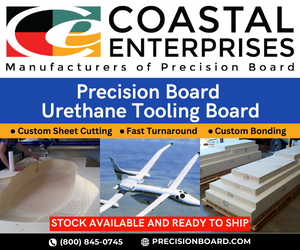Light wagon for freight trains
The chassis of the trolley consists of a lattice girder structure in the middle segment and load-optimized headboards.
Share

Hormann’s lightweight modular chassis is said to be a continuation of the 5L train and consists of a lattice girder structure in the middle segment and load-optimized headboards. Source | Hormann
Hörmann Vehicle Engineering (Steinhagen, Germany) has developed a lightweight modular chassis on behalf of SBB Cargo (Basel, Switzerland) that is suitable for various transport tasks and superstructures. It is said to be a continuation of the 5L train and consists of a lattice girder structure in the middle segment and load-optimized headboards. With 5.5 tons in a current version, it is significantly lighter than the average of 8 to 9 tons heavy chassis conventional design. The entire wagon weighs 20% less than conventional wagons and allows the transport of increased payloads of up to 75 tons.
Commercial vehicle as a model
For the development, the company transferred approaches of structural lightweight construction of commercial vehicles to rail. As part of the modular design, the vehicle's length can be adapted by means of different lengths middle parts between the headboards. In order to produce wagons economically and with a high degree of automation, the developers have reduced the welding effort and instead used high-strength steels and their combination with riveting and screwing methods. In addition to Hörmann Vehicle Engineering, Hörmann Automotive Gustavsburg was involved in the development and production of the prototype.
The goal of the 5L project is to develop quieter, lighter, more powerful, more logistics-enabled and life-cycle cost-oriented wagons.
This post is courtesy of the CompositesWorld and Springer lightweight.design magazine media partnership. Click here for more information about Springer and lightweight.design.
Related Content
-
Composite sidewall cover expands options for fire-safe rail components
R&D project by CG Rail explores use of carbon fiber-reinforced thermoplastics and recycled manufacturing scrap to meet fire safety, weight and volume targets.
-
LIST opens innovation center focusing on sustainable composite materials
The Sustainable Composite Materials and Manufacturing Innovation Centre (SCMM) will be supported by major players in rail, aerospace, automotive and space to transition sustainable composites research to commercialization.
-
New Flyer selects Hexagon Purus H2 tanks for fifth consecutive year
Type 4 tanks will continue to be supplied for the mass mobility provider’s Xcelsior Charge FC fuel cell electric transit buses.















